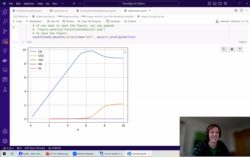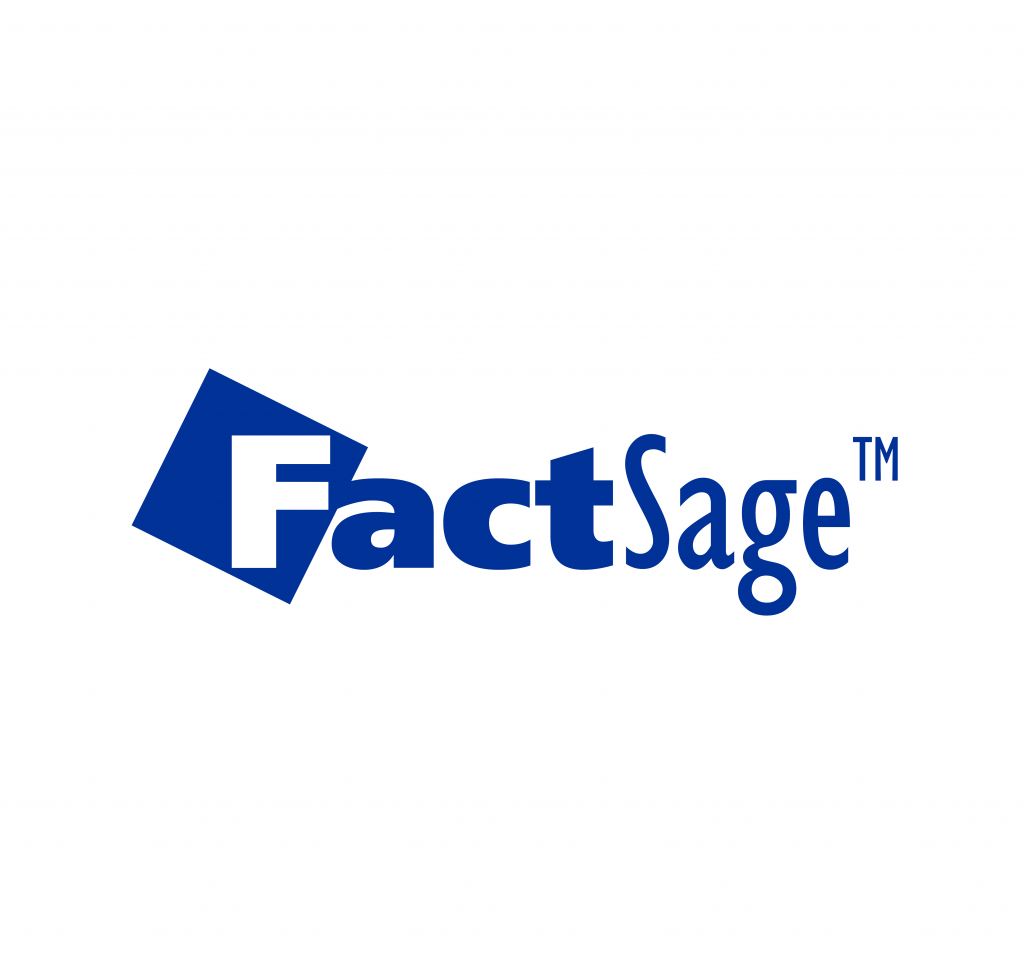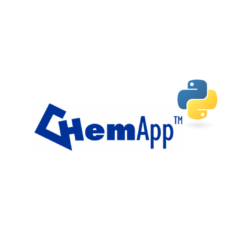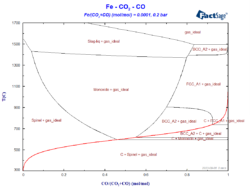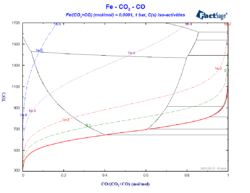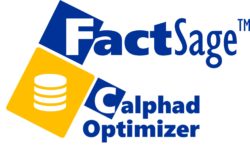Webinar: “ChemApp for Python” – The Beginning of an Exciting Journey
Our first “ChemApp for Python” webinar was a fantastic experience for us. We greatly enjoyed the opportunity and extend our sincere thanks to the nearly 100 participants for their valuable contributions. This webinar marked the inception of a series of digital sessions that aim to provide insightful online courses and webinars in the future, and […]
Webinar: “ChemApp for Python” – The Beginning of an Exciting Journey Read More »

